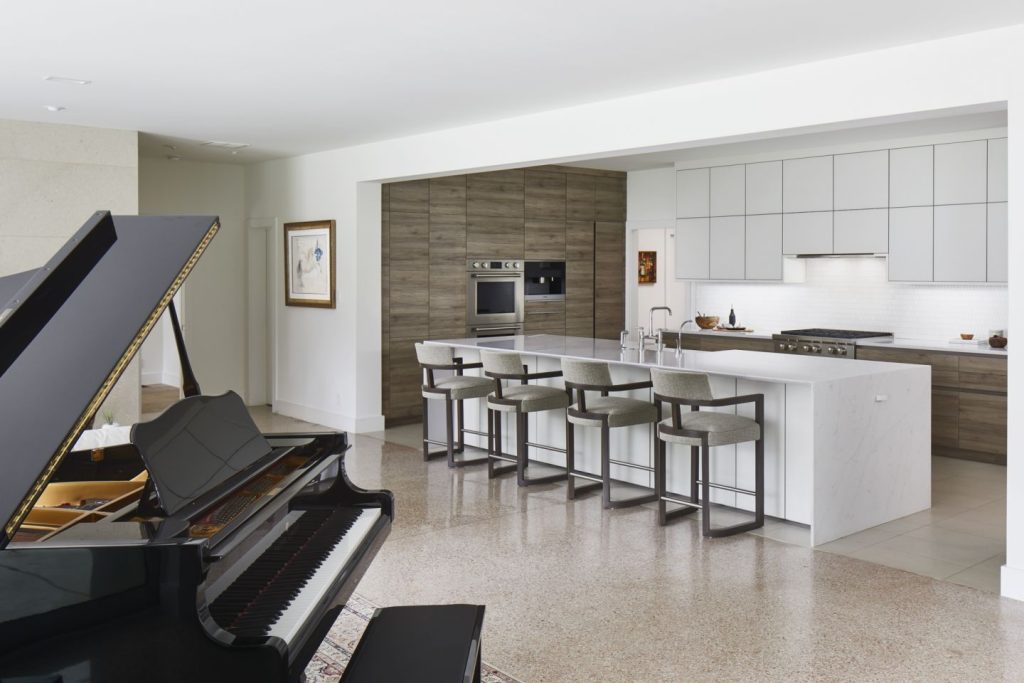In a world that often seems chaotic and cluttered, many individuals are turning to minimalist house designs to find solace and harmony in their living spaces. Aesthetic asceticism, the philosophy behind minimalist design, is an art of simplicity that celebrates the beauty found in clean lines, open spaces, and a curated selection of essential elements. In this article, we will explore the essence of aesthetic asceticism, its principles, and how it embraces beauty in minimalist house designs. At its core, aesthetic asceticism is a lifestyle choice that prioritizes the essential over the excessive. Minimalism as an architectural concept emerged in the 20th century. In recent years, the movement has experienced a renaissance as people seek respite from the overwhelming materialism of modern society. One of the fundamental principles of minimalist house designs is simplicity.

Every element in the design has a purpose and is carefully curated to create a harmonious whole. Unnecessary ornamentation is discarded, leaving behind a clean and uncluttered canvas. This simplicity not only highlights the beauty of each individual component but also allows them to interact and complement one another. In minimalist house designs, open space is a key feature. Walls are minimized, and rooms are interconnected to create an unbroken flow throughout the home. This open concept not only enhances functionality but also provides a sense of freedom and airiness. The unobstructed spaces serve as blank slates upon which the occupants can paint their experiences and emotions. Natural light plays a crucial role in minimalist design. Large windows and skylights are incorporated to invite the outside world in, blurring the boundaries between indoor and outdoor spaces. Sunlight floods the rooms, creating a warm and inviting atmosphere. The interplay of light and shadow further emphasizes the simplicity of the design, giving each room a unique character that changes with the time of day.
Aesthetic asceticism also encourages the use of natural materials. Wood, stone, and concrete are favored for their organic textures and timeless appeal. These materials age gracefully, developing a patina that tells the story of the home and its occupants. By opting for natural materials, the minimalist house designs not only embrace the beauty of simplicity but also establish a deep connection with the environment. The minimalist approach to color is equally deliberate. Neutral tones such as whites, grays, and earthy hues dominate the palette, promoting a sense of calm and serenity. The absence of bold colors allows the eye to focus on the form and structure of the space, appreciating the design’s inherent beauty without distractions. Embracing a minimalist house design is not about sacrificing comfort or functionality. Instead, it is about stripping away the unnecessary and creating a space that fosters a deeper appreciation for the essential. Each element is carefully chosen to serve a purpose, whether it is a multifunctional furniture piece or a thoughtfully designed storage solution. The desain rumah minimalis emphasis on functionality ensures that the minimalist house remains practical and efficient, enhancing the overall living experience.